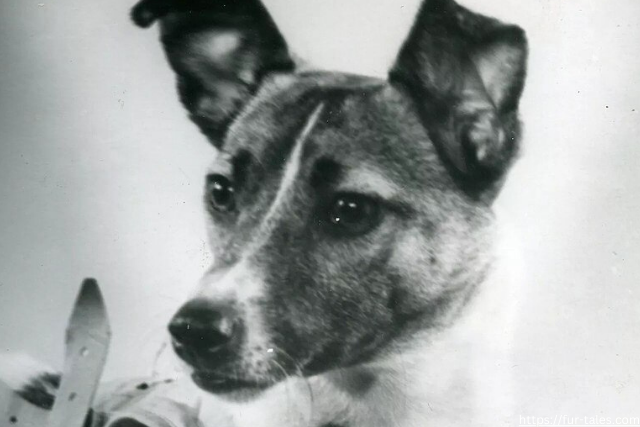
Pets in Space: A History of Animals in Space Missions
For centuries, humans have shared their lives with animals, but few people realize that animals have also played a vital role in space exploration. From the first fruit flies to famous space-faring dogs, monkeys, and even turtles, animals have been sent into space to help scientists understand the effects of space travel. Here’s a look at the fascinating history of animals in space missions.
1. The First Space Pioneers: Fruit Flies (1947)
The first living creatures to travel to space were not dogs or monkeys but fruit flies! On February 20, 1947, the U.S. launched fruit flies aboard a V-2 rocket to study the effects of cosmic radiation. The flies survived the trip, paving the way for more complex biological experiments.
2. Albert the Monkey Series (1948-1951)
Before sending humans, NASA and other space agencies needed to understand how mammals reacted to weightlessness. Between 1948 and 1951, several rhesus monkeys named Albert I, II, III, and IV were launched aboard V-2 rockets. Unfortunately, only Albert II survived the initial launch, reaching an altitude of 83 miles before perishing upon impact.
3. Laika: The First Dog in Orbit (1957)
Perhaps the most famous animal astronaut, Laika was a stray dog from Moscow who became the first living creature to orbit Earth. Launched aboard the Soviet Sputnik 2 on November 3, 1957, Laika’s mission was a major milestone in space exploration. Sadly, she did not survive the journey, but her sacrifice contributed to future advancements in human space travel.
4. Monkeys & Mice: America’s Space Animals (1959-1961)
Following Laika, the U.S. continued sending primates into space:
- Able & Baker (1959): These monkeys flew aboard a Jupiter AM-18 rocket and became the first primates to return alive.
- Ham the Chimp (1961): Ham was trained to push levers, demonstrating that primates could function in microgravity. His successful mission helped prepare for human spaceflight.
5. Felicette: The First Cat in Space (1963)
France also joined the space race by sending Felicette, a stray cat, aboard a suborbital mission on October 18, 1963. Electrodes implanted in her brain transmitted valuable neurological data. Unlike Laika, Felicette was safely retrieved after her journey.
6. Turtles Beat Humans to the Moon (1968)
In an often-overlooked milestone, two Russian tortoises became the first living creatures to circle the Moon aboard Zond 5 in 1968, beating Apollo 11 astronauts by a year! The turtles survived the journey, proving that living beings could endure deep space travel.
7. Space Mice, Frogs, and Spiders (1970s-1990s)
As space missions evolved, a variety of small animals were sent for scientific experiments:
- Frogs (1970): NASA launched frogs to study weightlessness and motion sickness.
- Spiders (1973): Two spiders, Arabella and Anita, were sent aboard Skylab to study web-spinning in microgravity.
- Mice & Rats: These rodents were frequently sent into space to study bone density, muscle loss, and long-term effects of zero gravity.
8. Dogs in Space Again: The Bion Missions (1980s-1990s)
The Soviet Bion program launched several missions involving dogs, monkeys, and rabbits. These experiments contributed to biomedical research that benefitted both animals and humans.
9. Modern-Day Space Animals (2000s-Present)
Though the focus is now on human space travel, animals are still sent to space for research purposes:
- Mice & tardigrades (water bears) aboard the International Space Station (ISS) help scientists study biological processes in microgravity.
- Tardigrades are especially fascinating because they can survive the vacuum of space!
The Legacy of Space Animals
From Laika to Felicette and beyond, these animals have played a crucial role in space exploration. Their contributions helped scientists understand the effects of space travel, leading to the eventual success of human spaceflight.
